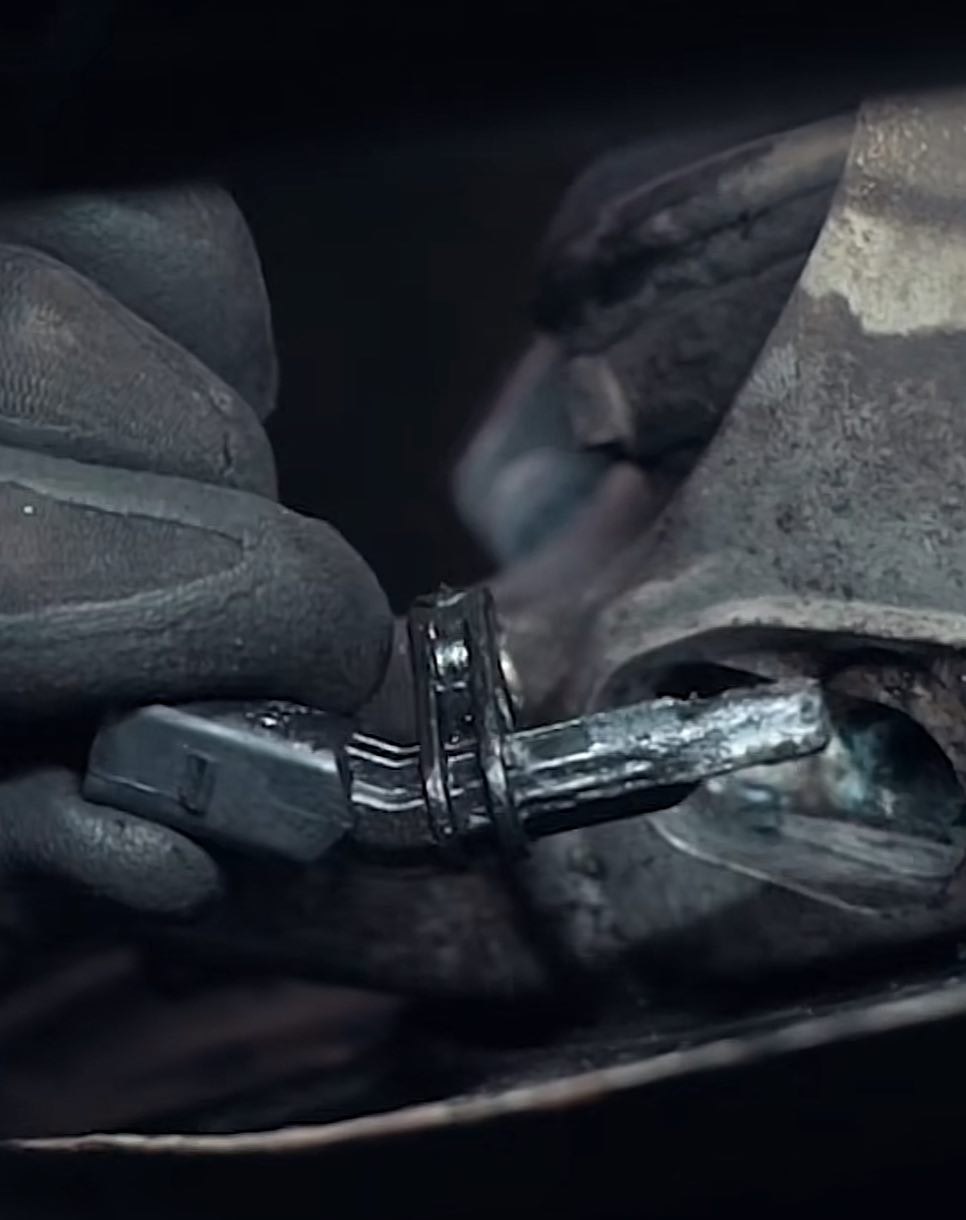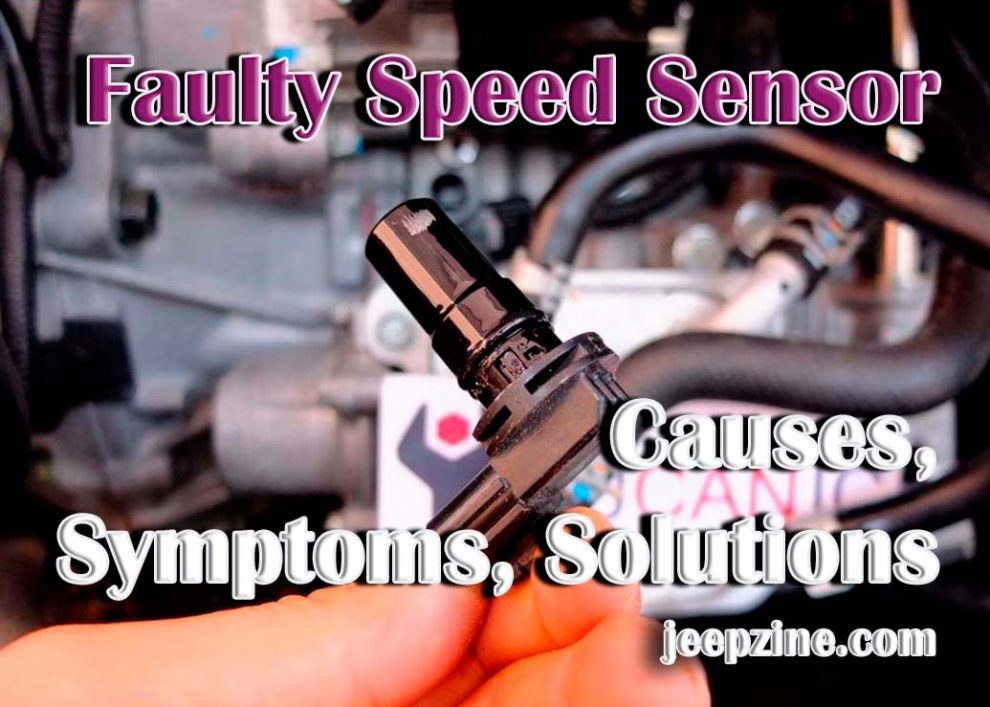A speed sensor is an important component of many automotive systems, including anti-lock brakes, automatic transmission, and cruise control systems. It is responsible for monitoring the speed of a vehicle’s wheels and providing feedback to the car’s computer or other electronic controllers. When a speed sensor malfunctions, it can cause vehicle performance and safety problems. In this article, we will discuss what a speed sensor is, how to identify symptoms associated with a faulty one, and how to troubleshoot the issue.
What Is a Speed Sensor?
A speed sensor is a device that measures the rotational speed of a wheel and translates it into an electrical signal. It is typically installed on each vehicle wheel and has two main parts. The first part is an encoder that converts the mechanical rotational motion into electrical pulses, while the second part is an amplifier that boosts these electric pulses so other electronic systems can interpret them. The most common speed sensor type in modern vehicles is an electromagnetic pickup, which uses a coil-wrapped core to sense the wheel’s rotational speed.
Symptoms of a Faulty Speed Sensor

Additionally, the vehicle may experience jerking or lurching when shifting gears and slipping out of gear. In some cases, the car may not shift at all or may shift too slowly. Poor fuel economy is also common with faulty speed sensors because they monitor the wheel speed and provide feedback to the electronic control unit.
Common Causes of a Faulty Speed Sensor
A faulty speed sensor can stem from various underlying causes that impact its accuracy and functionality. One common cause is physical damage to the sensor, often due to road debris, impact, or environmental factors. Wiring issues like frayed or corroded wires can disrupt the sensor’s signal transmission, leading to erratic readings or complete failure. Additionally, sensor wear and tear can result in degraded performance over time, as the internal components may become less sensitive or accurate.
Electronic component failure within the sensor or the control module it communicates with can also render the speed sensor ineffective. Another factor is the accumulation of dirt, grime, or brake dust around the sensor, which can interfere with its ability to detect rotational movement accurately. It’s crucial to consider these potential causes when diagnosing and addressing a faulty speed sensor, as identifying the root issue is key to implementing effective solutions and restoring the proper functioning of the vehicle’s critical systems.
How to Troubleshoot a Faulty Speed Sensor
Troubleshooting a faulty speed sensor requires a few simple steps. First, inspect the sensor for any visible signs of damage. If the sensor is physically damaged, it will need to be replaced. Next, check the wiring harness for signs of wear or corrosion. If any issues are found, they should be addressed before continuing further with troubleshooting. Once these steps are complete, use an OBD-II diagnostic scanner to access any trouble codes stored in the vehicle’s computer system and determine if there is an issue with the speed sensor or its related components. If so, note any error codes displayed and take the necessary steps to troubleshoot and repair them accordingly.
Conclusion
A faulty speed sensor is a common problem on many vehicles, and it can cause various issues with the vehicle’s performance and safety. In this article, we discussed what a speed sensor is, how to identify the symptoms associated with a faulty one, and how to troubleshoot the issue. Following our tips and using an OBD-II diagnostic scanner to identify any underlying issues, you can quickly determine if the fault lies with the speed sensor or its related components. After resolving any problems found during troubleshooting, you should be able to restore the proper operation of your vehicle’s critical systems.

